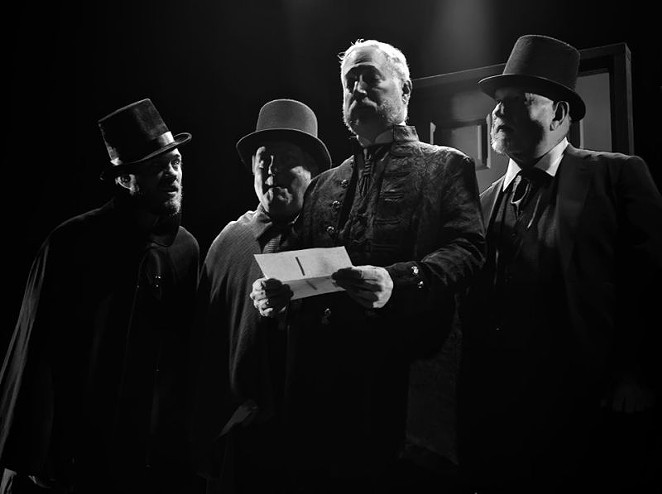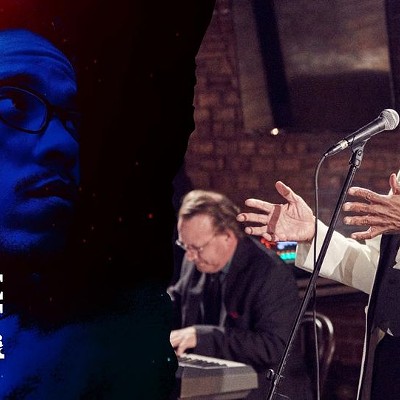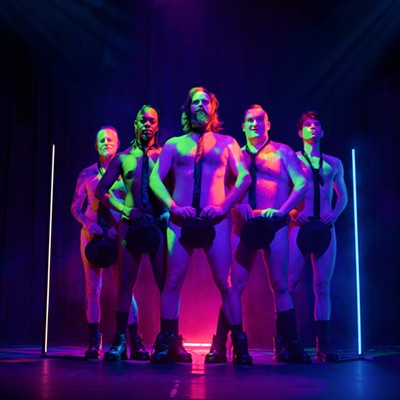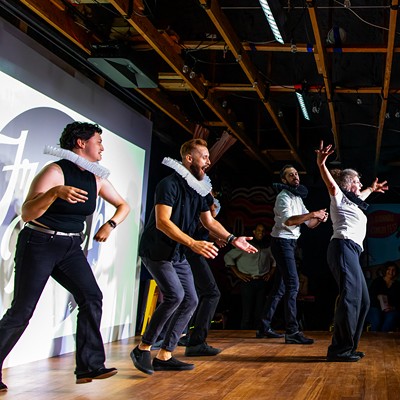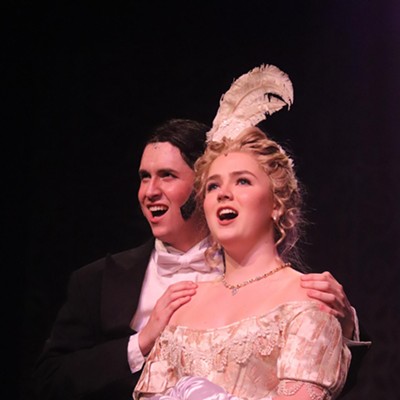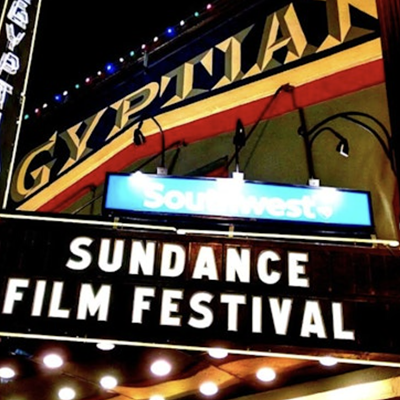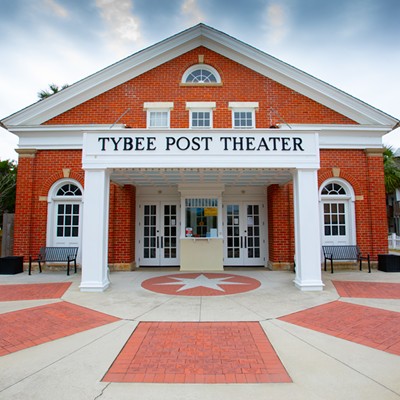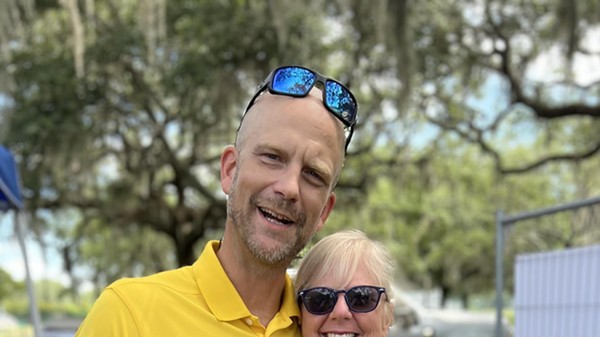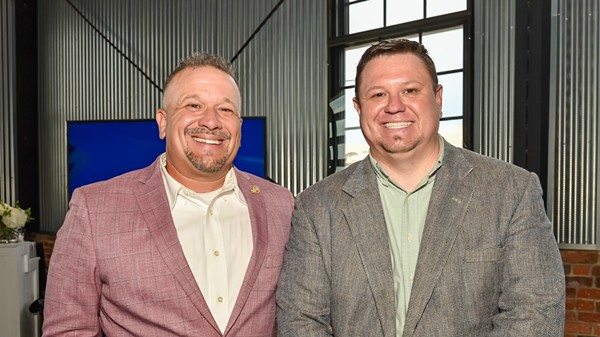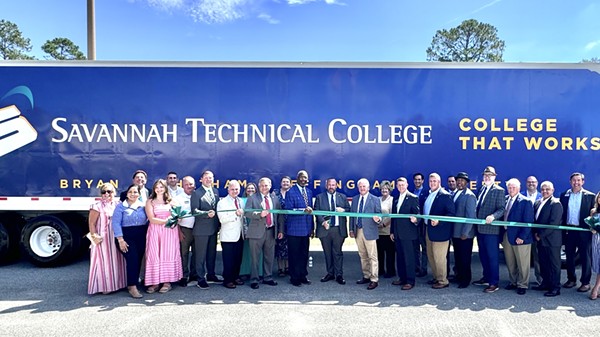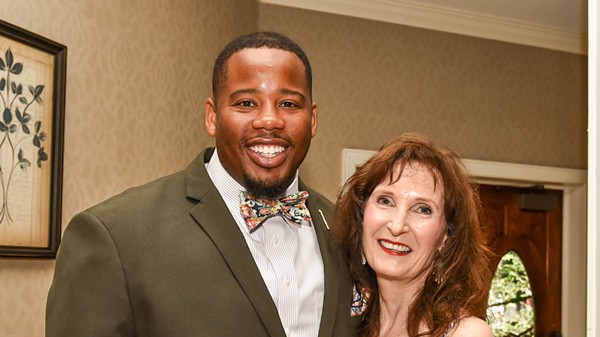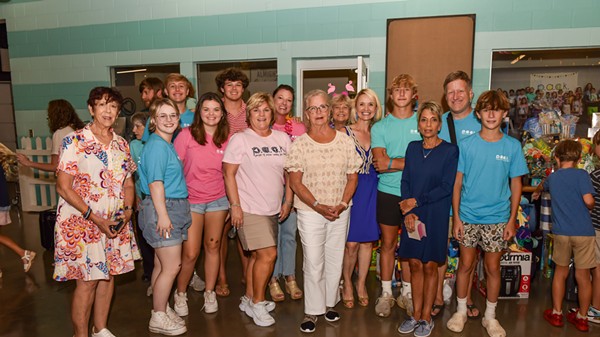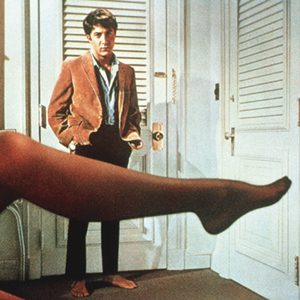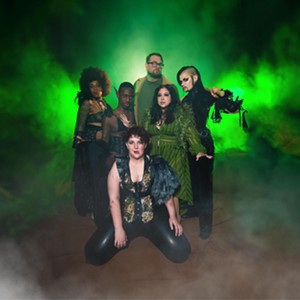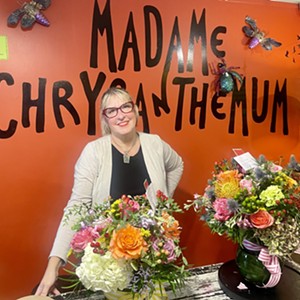It’s possible that Dr. Jekyll and Mr. Hyde is the most recognizable tale ever told around Halloween. The story, originally published as Robert Louis Stevenson's 1886 novella Strange Case of Dr. Jekyll and Mr. Hyde, revolves around Dr. Henry Jekyll and his evil alter-ego, Mr. Edward Hyde. It's a story that has been told on stage, film, small screen, and more almost 150 years, but Tybee Post Theater guarantees a version of the classic tale like you've never before witnessed.
The theater is readying a production of Jeffrey Hatcher’s adaptation of Dr. Jekyll and Mr. Hyde, opening on Oct. 18 and running for two weekends. Ahead of the show, we talked to director Tony-Marchetti Knarr about staging this unique telling of the spooky tale.
This seems like a fairly new take on this story. Is that accurate?
Well, Tybee Post did this production in 2009. But it’s got, I think, a more modern sensibility to it. The playwright tried stay true to the original Stevenson novella, but I think he put in elements that were excluded from versions of the story over the past several decades of adaptations. For instance, this version is not told from Jekyll’s perspective or even Hyde’s perspective. It’s told through other characters.
Stevenson originally told the story through Jekyll’s lawyer/solicitor. He’s the storyteller in this version, and we see maybe a little more of the original intent. The original twist was, “Who is this Mr. Hyde?” Now, of course, we know who it is because it’s such a famous, classic story. That twist ending doesn’t quite work for modern audiences [laughs].
What has the process been like of staging this particular version of the story?
It moves really fast. The first act alone has 19 scenes. The setting is very expressionistic, and very stylized. It almost needs to be, because we’re going from scene to scene very quickly. We have a very sparse set, and we have a few moving pieces. This version focuses on this idea of the “door.” We have a red door that symbolizes the crossover from Dr. Jekyll to Mr. Hyde.
We have actors playing multiple roles—sometimes changing roles right in front of our eyes. There are four people playing Mr. Hyde, and none of them are played by the actor who plays Dr. Jekyll.
In a scenario where you have different actors playing the same character, how do you approach that as a director? Every actor has their own take because they’re their own person, which I’d imagine makes the interpretations varied.
Right. That’s a great question; because that device was added by Jeffrey Hatcher into this adaptation, of course it causes a lot of discussion. What is similar about these four different Hydes? And are they the same? Are we talking about split personality of Jekyll and Hyde, or multiple manifestations of the same character?
They’re all slightly different. In fact, one of our Mr. Hydes is played by a woman. So I think it provokes you to think a little bit differently about this idea of duality. Is it a bigger, more complex picture? Are we looking at just one [person]? In fact, they literally ask that question in the show. Are there two sides to us, or is there a lot more?

